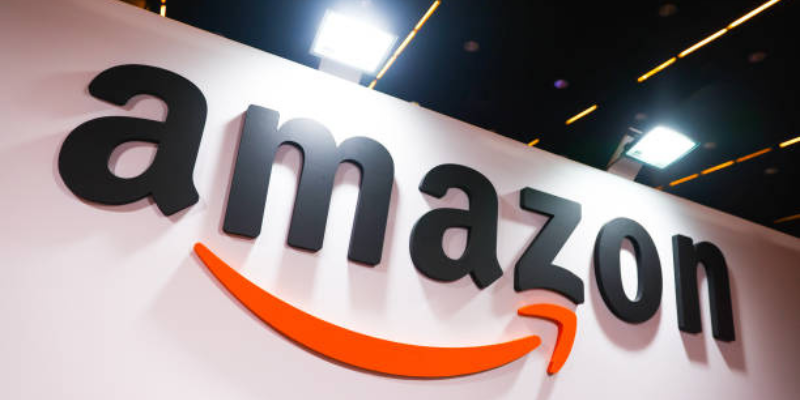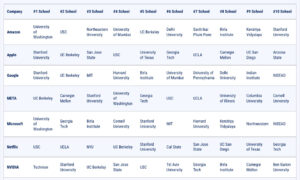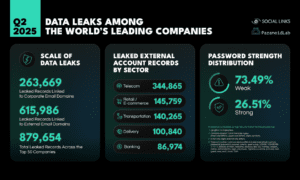Target discounts cause Amazon merchants to lose buy boxes, affecting 98% of transactions and costing hundreds of thousands of dollars.
TakeAway Points:
- Target’s cheaper prices cost Amazon vendors like VitaCup and Sunwink the buy box, which had a big effect on their sales.
- Due to Amazon’s price-matching algorithms, which the FTC is investigating for possible anti-competitive behaviour, retailers were compelled to reduce their prices on the platform.
- Sellers claim Amazon’s policies unfairly penalise them and that they suffered significant revenue losses notwithstanding Target’s modifications.
Target’s Sales Event
During Target’s recent weeklong deals event, Brandon Fishman, owner of VitaCup, experienced a significant drop in sales on Amazon. Fishman’s vitamin-infused coffee was listed on Target for $13.43, about $1.50 cheaper than on Amazon. This price discrepancy triggered Amazon’s automated systems, which prioritize offering the lowest prices. Consequently, Fishman lost the buy box on Amazon to a reseller of his coffee products. “I’ve had to purposely lose the buy box all week because of this Target issue, and my sales went way down on Amazon,” Fishman said. He has been selling VitaCup coffee on Amazon since 2017, generating approximately $20 million in annual sales on the platform.
Amazon’s algorithms continuously scan the internet to match or beat competitors’ prices. This practice has drawn scrutiny from lawmakers and regulators, who argue that it is anti-competitive. The Federal Trade Commission (FTC) filed a lawsuit in September, accusing Amazon of using an “anti-discounting strategy” and a “massive web-crawling apparatus that constantly tracks online prices” to stifle competition. Amazon has denied these claims, stating that the pricing tool is part of running a good business.
“Just like any store owner who wouldn’t want to promote a bad deal to their customers, we don’t highlight or promote offers that are not competitively priced,” said David Zapolsky, Amazon’s general counsel.
Buy Box
The buy box is crucial for sellers on Amazon, as nearly 98% of sales on the platform go through this feature, according to the FTC. Winning the buy box ensures that a seller’s product is the first option a shopper sees and can purchase with a single click. Losing the buy box means that shoppers have to take extra steps to find a seller’s product, significantly reducing sales.
Mason Arnold, who sells Sunwink herbal tonics and powders, faced a similar issue during Target’s Circle Week. After losing the buy box to resellers, Arnold had to lower his prices on Amazon to regain it.
“The only way to get back the Amazon buy box is to lower our price on Amazon,” Arnold said.
He reduced the price of one of his products from $23 to $19, which helped sales pick up but at the cost of profitability. “We lowered our prices so we’re currently losing money until it gets fixed,” Arnold added. He estimates the losses to be in the hundreds of thousands of dollars.
Seller Concerns and Target’s Reaction
Fishman and other sellers raised their concerns with Target, which then adjusted some Circle Week discounts to display as “See price in cart.” This change prevented Amazon’s pricing algorithms from indexing the lower prices. However, Target disputed the claim and declined to comment further.
Third-party sellers like Fishman and Arnold are vital to Amazon’s e-commerce business, accounting for at least half of all goods sold on the site since 2017. In the first quarter of this year, third-party sellers represented 61% of all goods sold on Amazon. Despite their importance, Fishman argues that Amazon is quick to penalize sellers who are merely trying to make a living.
“Their whole point is that we always want to have the lowest price. Well, as a brand, if I want to have a sale on Target for a week, I should be allowed to. I shouldn’t have to be on sale everywhere.” Fishman said.



































